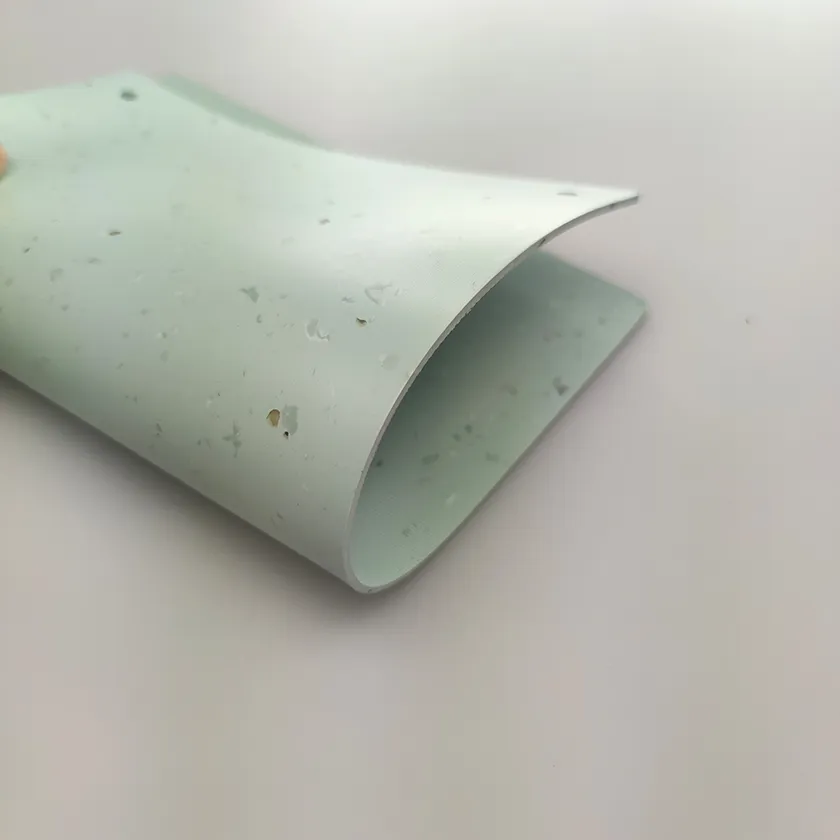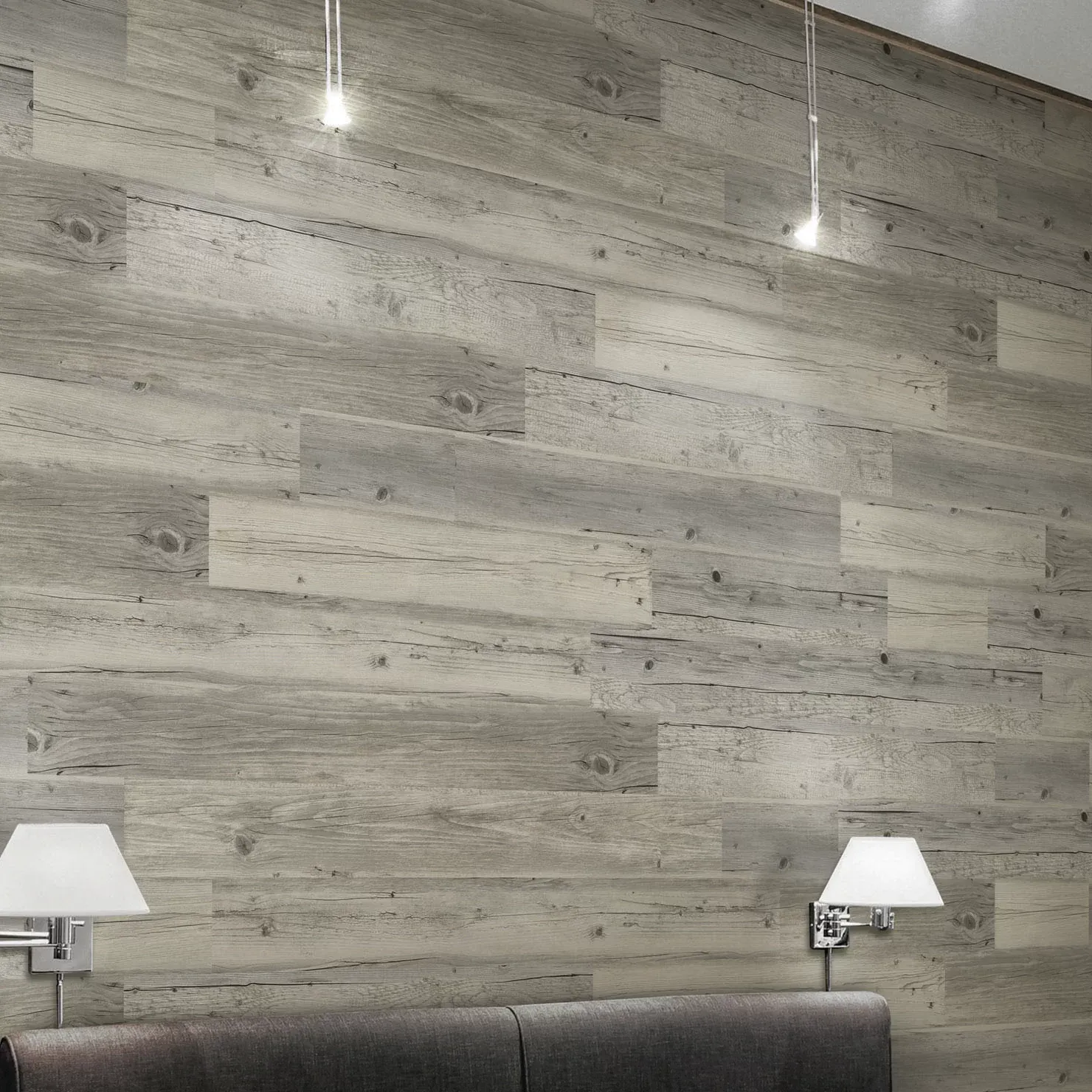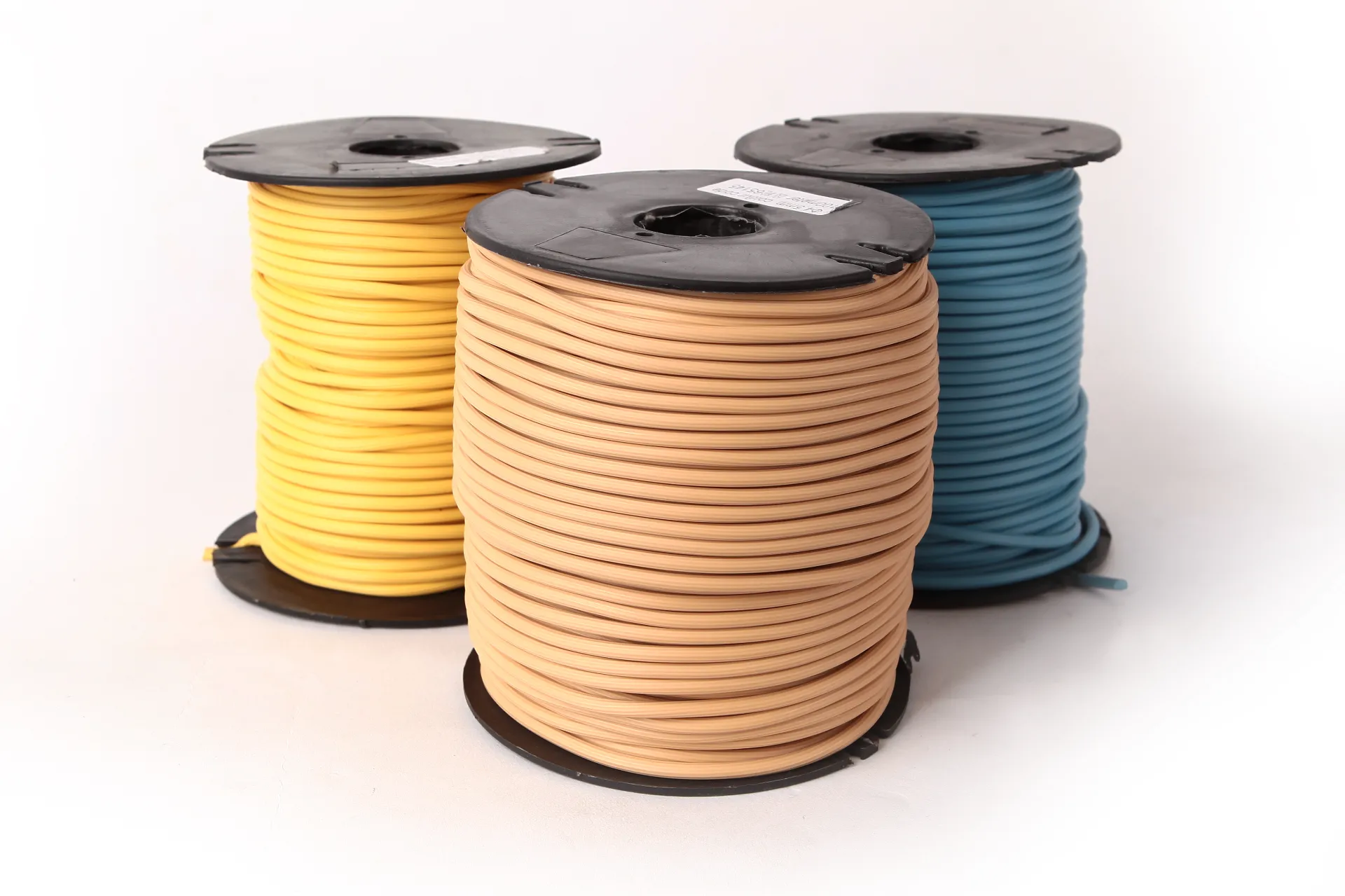Looking for Durable Commercial Flooring: Waterproof SPC?
Hospital floors are getting smarter (and tougher) than you think
A lot of folks still picture dull vinyl when we talk about durable commercial flooring. In hospitals, though, the quiet heroes are homogeneous vinyl systems that shrug off disinfectants, rolling loads, and the daily chaos of care. Enlio’s Puenie line—specifically the “homongeneous floor for hospital”—is one of those ranges I’ve seen specified more often lately, frankly because it balances clinical compliance with real-world abuse.

What “homogeneous” really buys you
Homogeneous means the sheet is a single layer through its entire thickness—pigments and performance run all the way through. So when a porter scuffs an ICU corridor at 3 a.m., you’re not gouging a separate wear layer; you’re still in the same compound. Maintenance teams like that. And yes, it buffs back nicely with the right pad.
Quick spec snapshot (Puenie, homongeneous floor for hospital)
| Construction | Single-layer PVC with mineral fillers, PUR surface treatment |
| Thickness | ≈2.0 mm (common hospital spec) |
| Indentation (ASTM F970) | ≤0.005 in under 750 psi (typical target; real-world use may vary) |
| Slip Resistance | EN 13893 ≥0.3; DIN ramp ≈R9–R10 depending on finish |
| Fire | EN 13501-1 Bfl-s1 |
| Chemical Resistance | ASTM F925: no visible change to common disinfectants |
| TVOC | ISO 16000 compliant, low-VOC formulation |
| Antimicrobial | ISO 846: bacterial reduction ≥99% (lab conditions) |
| Service Life | ≈12–20 years with routine maintenance |
Process, testing, and the reality check
Materials: virgin PVC resin, medical-grade plasticizers, calcium carbonate, pigments; topcoat is PUR for stain resistance. Methods: hot-mix compounding, calendering, press-cooling, then UV/thermal curing of the PUR. Installers heat-weld seams and run coved skirting for watertight hygiene lines—still the gold standard in isolation rooms.
Testing typically references EN ISO 10581 (homogeneous sheet), ASTM F925 (chemicals), ASTM F970 (indentation), EN 13501-1 (fire), EN 13893 (slip), ISO 16000 (indoor air). To be honest, lab numbers are tidy; gurney traffic is not. But the through-color construction keeps life-cycle costs predictable.

Where it shines
- Acute-care corridors, OR support zones, labs, pharmacies
- Ambulatory clinics and high-traffic waiting areas
- Education and civic buildings wanting durable commercial flooring with easy upkeep
- Light cleanrooms where weldable seams matter
Two quick field notes
- County Hospital East Wing: overnight turnover, 1,800 m² installed. Facilities team said stain removal from iodophors was “surprisingly painless” when cleaned within 30 minutes.
- Oncology Day Unit retrofit: coved skirting cut mop times by ~15% (their number), fewer edge failures vs. old heterogeneous tiles.
Vendor landscape (my unapologetically practical take)
| Vendor | Typical Thickness | Certs/Standards | Customization | Lead Time | Price Band |
|---|---|---|---|---|---|
| Enlio Puenie (homongeneous floor for hospital) | ≈2.0 mm | EN ISO 10581, EN 13501-1 Bfl-s1, ISO 16000 | Colors, chip density, logo inlays | Usually competitive; made in Guangzhou | $$ (value-focused) |
| Vendor A (global brand) | 2.0–2.5 mm | Similar EU/ASTM suite | Wide palette; premium add-ons | Moderate | $$$ |
| Vendor B (regional) | 1.8–2.0 mm | Core tests; occasional gaps | Limited colors | Fast when stocked | $–$$ |
Customization and logistics
Palette options are broader than most expect; the chip pattern disguises wear in heavy corridors. Heat-welded logos? Yes, if you plan early. Anti-static variants are available for labs. Origin: #C3, No. 36 Xiangyuan Rd., Baiyun Dist., Guangzhou, China—handy for projects consolidating Asia-Pacific sourcing.
If you need durable commercial flooring that won’t flinch at peroxide wipes, rolling beds, and shift-to-shift cleaning, this category is, honestly, the safe bet.
Standards and references
- EN ISO 10581: Resilient floor coverings—Homogeneous poly(vinyl chloride) floor coverings.
- ASTM F970: Standard Test Method for Static Load Limit.
- ASTM F925: Standard Test Method for Resistance to Chemicals of Resilient Flooring.
- EN 13501-1: Fire classification of construction products and building elements.
- EN 13893: Slip resistance of resilient, laminate and textile floor coverings.
- ISO 16000 series: Indoor air—measurement of VOC emissions.
- ISO 846: Evaluation of the action of microorganisms.
-
Masking Tape: Clean Removal, Precision Lines, Pro-GradeNov.10,2025
-
Skirting: MDF, Oak & SPC | Durable, Easy-FitNov.10,2025
-
Commercial VCT Tile Flooring – Durable, Low-MaintenanceNov.10,2025
-
LVT Vinyl Floors – Waterproof, Scratch‑Resistant, Easy ClickNov.10,2025
-
Masking Tape - Pro-Grade, Clean Removal, Crisp LinesNov.10,2025
-
Premium Masking Tape - Sharp Lines, Clean RemovalNov.10,2025




